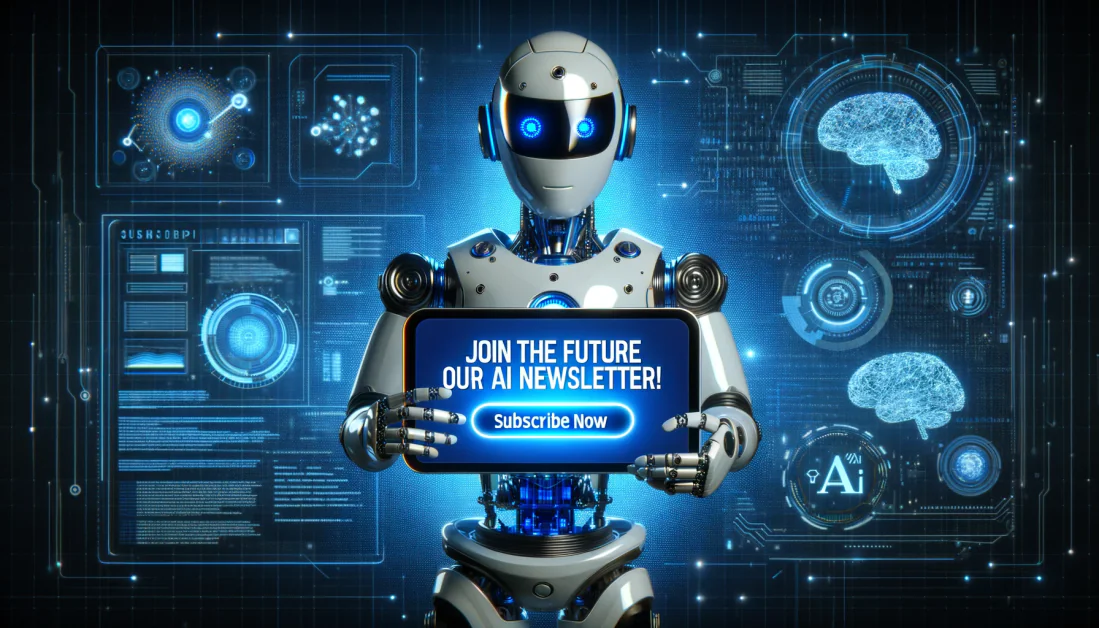Revolutionizing Autonomous Trucking with Waabi’s Innovative Approach
Imagine an 80,000-pound truck driving down a foggy highway at night. Suddenly, a deer runs onto the road, and the truck smoothly maneuvers, narrowly avoiding an accident. However, this scenario does not happen in real life; it happens inside an incredibly realistic virtual simulation. This vision is exactly what Waabi, a Canadian startup founded by AI expert Raquel Urtasun, aims to achieve. Waabi is revolutionizing autonomous trucking by prioritizing advanced AI-powered virtual testing rather than depending solely on traditional road-based methods.
The trucking industry faces serious challenges, including driver shortages, safety concerns, and environmental impacts. Waabi’s innovative approach provides a practical solution, creating new benchmarks for safety, efficiency, and accountability. Through generative AI and its cutting-edge simulator, the company accelerates the development of self-driving technologies and changes how autonomous vehicles are tested and introduced to the market. As Waabi prepares to deploy fully driverless trucks by the end of 2025, it shows a promising direction toward safer and more sustainable transportation.
The Problem with Real-World Testing
Traditionally, autonomous vehicle companies have relied heavily on logging millions of miles on real roads to test their technology. Waymo has driven over 20 million fully autonomous miles on public roads, as reported in Alphabet’s Q2 2024 earnings call. Waymo and Cruise have collectively invested billions in autonomous driving technology, with Cruise expanding its robotaxi operations across multiple cities. While this approach works well for smaller vehicles in city traffic, it becomes problematic when applied to large trucks. Truck accidents can lead to severe outcomes due to their massive size and weight, making extensive real-world testing risky and expensive.
Another issue is the nature of highway driving itself. Trucks primarily travel on highways, which lack the complexity of city roads. Critical events happen infrequently on highways, such as sudden obstacles, unexpected driver behavior, or rare weather conditions. This means real-world testing rarely provides enough varied and challenging scenarios to validate safety thoroughly.
Raquel Urtasun highlights these issues. She argues that relying on random events on highways is inadequate for thoroughly testing autonomous trucks. Companies would need hundreds of millions of miles to sufficiently test rare yet critical situations like falling debris or sudden lane changes, which would take decades under typical conditions.
Moreover, traditional testing methods face additional practical challenges. Maintaining fleets of trucks for extensive real-world testing is expensive, and the environmental impact is considerable. These factors show the limitations of relying exclusively on-road testing.
Waabi’s innovative approach tackles these problems directly by utilizing virtual simulations, such as Waabi World. Waabi recreates complex scenarios safely and efficiently through these simulations, significantly reducing the risks and costs involved. This approach allows rapid testing against numerous edge cases, accelerating technology development and enhancing overall safety.
How Waabi World Transforms Virtual Testing into Real-World Safety
Waabi has addressed these testing limitations by developing Waabi World, a state-of-the-art simulation platform powered by generative AI. This advanced simulator creates highly accurate digital replicas, digital twins of actual trucks, carefully reproducing real-world physics, weather patterns, and unusual situations. Unlike traditional testing, Waabi World can reliably recreate rare scenarios repeatedly, allowing the autonomous systems to be thoroughly tested in a safe, controlled virtual environment.
Waabi World employs advanced technology that integrates real-time data from sensors such as lidar, radar, and cameras. When a real truck travels on a highway, Waabi collects detailed sensor data. This data can then be replayed in the simulator to replicate specific events like abrupt lane changes or unexpected obstacles. By closely comparing how the virtual truck behaves in the simulation against the real-world data, Waabi achieves extraordinary levels of accuracy and validation.
Waabi has demonstrated the effectiveness of this method, achieving an impressive 99.7% accuracy in matching simulated scenarios to real-world outcomes. To understand this better, consider a virtual truck in Waabi World driving at highway speeds: it would deviate less than four inches from its real-world counterpart over a 30-meter distance. This remarkable precision results from carefully modeling sensor processing delays and accurately representing truck dynamics such as momentum, gear shifts, and environmental interactions.
One of Waabi World’s significant features is its ability to simulate difficult and dangerous situations that rarely occur in real-world tests. Scenarios such as tire blowouts, pedestrians suddenly appearing, animals crossing the highway, or extreme weather conditions are regularly and rigorously tested virtually. Raquel Urtasun has emphasized the importance of exposing AI to rare and challenging scenarios, ensuring it can handle unpredictable events safely without risking people or equipment.
Waabi’s innovative approach has gained strong industry validation. Partnerships with leading companies like Uber Freight and Volvo since 2023 highlight the effectiveness and reliability of combining virtual simulations with limited real-world tests. Additionally, the highest accuracy achieved sets new standards for accountability and transparency in the autonomous vehicle industry.
Industry Perspectives and Market Transformation
Waabi’s approach to autonomous trucking has attracted the attention of experts across the industry. By relying mainly on simulation, Waabi challenges the traditional idea that millions of real-world miles are the only way to prove safety. While many see promise in this strategy, some experts still have concerns.
Jamie Shotton, Chief Scientist at Wayve, pointed out that real-world testing is essential. He believes physical testing helps reveal spontaneous human behaviors and unexpected situations that are hard to simulate. As a result, Wayve supports a combination of simulation and real-world testing.
Waabi understands this and emphasizes that its approach also blends both methods. Waabi World handles the majority of testing, but the company still conducts real-world trials in focused scenarios. This strategy speeds up development while reducing costs, which is especially valuable in a highly competitive market with the belief that simulation-led innovation could cut logistics costs by up to 30%.
Still, Waabi faces some hurdles. Gaining regulatory approval for driverless trucks is a significant challenge. Regulatory bodies require solid proof that simulation-based testing can match or even exceed the reliability of traditional testing. Waabi plans to apply for approval to operate driverless trucks in Texas by the end of 2025, using its strong simulation results including its 99.7% accuracy record as supporting evidence.
Another challenge is transparency. While Waabi has shared headline results, some in the industry believe more detailed technical information is needed to build broader trust. As the company continues to improve its simulation models and include more real-world feedback, it hopes to answer these concerns.
Looking at the bigger picture, the impact of Waabi’s technology could be significant. Trucks move about 72% of all freight in the U.S., but the industry faces a driver shortage and increasing pressure to reduce emissions. Autonomous trucks could solve these problems by reducing accidents, improving fuel efficiency, and operating around the clock.
Waabi’s simulation-first model also supports sustainability. By reducing the need to run physical trucks for millions of test miles, the company helps cut emissions during the development phase. This makes the entire process faster, safer, and more environmentally friendly.
If Waabi can successfully scale its approach and earn regulatory trust, it could reshape how autonomous vehicles are tested and approved. With fully driverless operations planned by the end of 2025, Waabi is on track to lead a significant shift in how goods are transported, making roads safer and logistics smarter for the future.
The Bottom Line
In conclusion, Waabi’s AI-driven approach to autonomous trucking sets a new benchmark for safety, efficiency, and sustainability. Using its innovative Waabi World simulator, the company is tackling the limitations of traditional real-world testing and accelerating the development of self-driving technology.
While challenges are ahead, particularly in gaining regulatory approval and ensuring transparency, the potential benefits of Waabi’s innovation are apparent. Simulating complex, rare scenarios provides precision and safety that traditional methods cannot match. As Waabi moves toward fully driverless operations in the near future, its approach could redefine the future of autonomous transportation, making roads safer, logistics more efficient, and the entire process more sustainable.












